1 min read
Riding the Renovation Rollercoaster: The Emotions Behind a Remodel
Every home remodeling journey comes with its own set of emotions, and no project is without its ups and downs. After remodeling homes in the greater...

Planning a remodel isn’t for the faint of heart. It can come with a lot of decision-making, interruptions to your daily routine, etc. And that’s before you even get the project started!
But the truth is that the more you plan, the better your results will be and the happier you’ll be with your rejuvenated home. So we’re here to guide you through that planning process — hopefully making it a little less intimidating and a little easier to manage.
To plan a successful remodel, it’s important to take a little while and prepare yourself mentally for what’s to come. This gives you time to reflect on what your project goals are, where your priorities lie, and how you’ll carry them out.
Here are five key considerations we encourage homeowners to ponder at the beginning stages of their planning process.
This is a pretty straightforward question, but it’s the most difficult one to answer for many homeowners. The unfortunate reality is that many choose to remodel because they don’t like the current state of their home, but they don't always have clear ideas on how they’d like to improve it. This leads to all sorts of confusion and buyer’s remorse during the remodeling process. Setting clear expectations for your project before its start date is much more effective and rewarding.
First, get clear on your end goal. Would you like to complete a few small projects, or are you dead set on a whole-home renovation? What does the broad scope of your remodel look like?
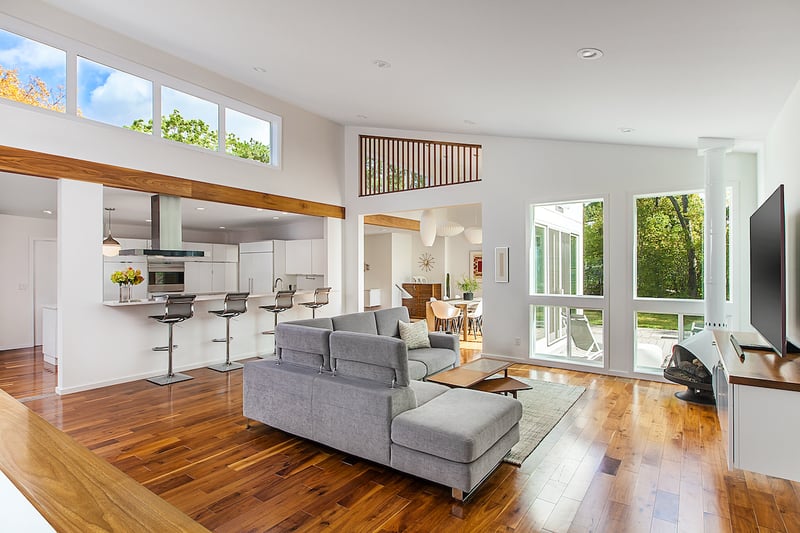
Then, get clear on why you want to make these changes. Are you hoping to sell your home but want to increase its value beforehand? Do you want to implement more sustainable features? Do you want to make some aging-in-place accommodations or complete projects that better meet your family’s needs? Or is it that you just can't bear to look at the shag carpeting and 50-year-old wallpaper anymore?
It doesn’t matter what your reason is, as long as you have a reason. From there, you can have actionable steps to take toward improvement.
Most home builders and remodelers will agree that the best time for a remodeling project is during the summer or early fall, especially if there are exterior modifications involved. It turns out replacing siding during a snow storm is much more difficult than when it’s sunny and 75°! If your remodeling scope doesn’t include exterior modifications, the time of year doesn’t matter as much.
But while your decision may depend on the season and weather conditions, you should also consider what’s best for you, your family, and your current life circumstances. There are some periods in life where tackling a remodeling project would be too much, and that’s okay. Check back in next year.
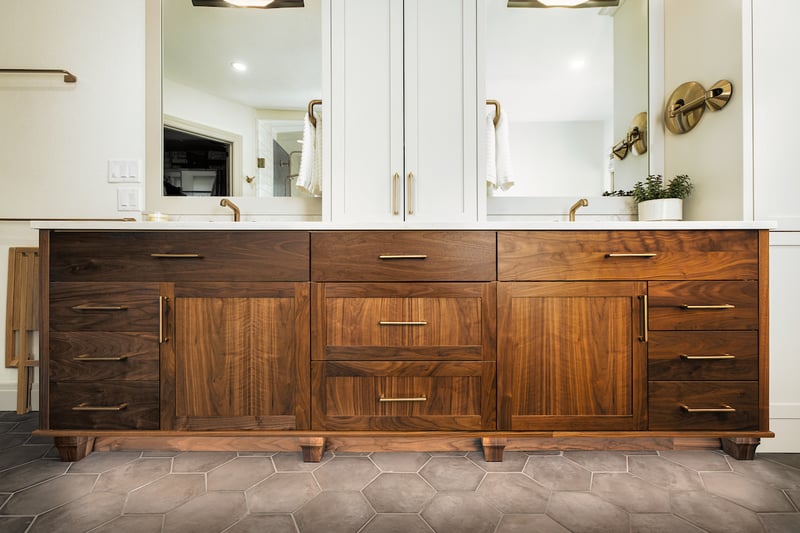
Regardless of your preferred timeline, it’s important to remember that remodels aren’t completed overnight. You need to start planning well before you want to start (months to a year, depending on your project needs), and even longer before you want the project to be completed. The earlier - the better!
You probably know that you’ll need to create a project budget, but there’s another important financial consideration to make at this stage: how will you actually save for and finance your remodeling project?
Take a look at your current financial situation, get a general idea of what you want to remodel and how much it may cost, then figure out how you’ll juggle that. Make sure to take some of these unexpected costs of remodeling into account! And please remember the prices you see on the home improvement shows have no bearing on reality.
Our advice? Start researching your financing options early. Reach out to local financial institutions, check government loan programs, and ask potential contractors if they have any recommendations. This will give you the time you need to compare offers, rates, etc., and decide on the best solution.
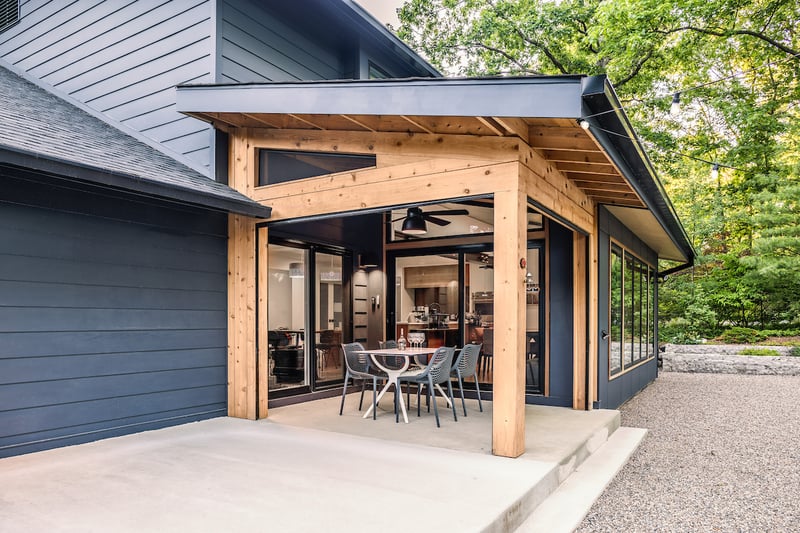
Living in a construction zone isn’t fun for anyone. Some homeowners who plan small remodeling projects can make it work, but others with larger scopes find interruptions to their daily routines burdensome.
Depending on the scope of your remodeling project, you may need to find a temporary living arrangement. Take some time to think about your options, which could potentially be one of these:
Short-term rental property
Trailer or RV
Vacation rental property
Friend’s or family member’s home
Read more about these options and what you need to know about temporary housing during renovation in this blog post.
Remodeling projects come with a lot of decision-making. There may be changes you’ll have to respond to, finishes you need to decide on, etc. What’s your plan of attack for making those choices in a timely manner? Who do you need to make those decisions with, and are they up for the task too?
Finding a contractor that communicates well with you can make this a whole lot easier. A good designer can also help you to "think outside the box," and consider solutions to your existing home issues that you may not even have thought possible. They’ll work with you to make as many decisions as possible before the project starts, so there are no surprises or major decisions to make once construction is underway. It saves a lot of time and is a lot more enjoyable for all parties involved.
Now let’s get into the nitty-gritty. You’ve made all the considerations you need to make; now what steps do you need to take to get your remodel moving?
Word of mouth is powerful. Ask your friends, relatives, coworkers, etc. about their experiences with home renovations. Learn about what they did, how they did it, how much it cost (if you’re comfortable asking that), who they worked with and would they work with them again. Keep notes of any information, price estimates, or contacts you think will be important during the next steps of your planning process.

You knew we had to mention it. Budgeting isn’t everyone’s favorite task, but it’s an important one. Nailing down a clear, comprehensive budget can help you make decisions about what you can and can’t spend on your remodel. It’s a huge factor in the effort to minimize surprises along the way.
Who’s going to make your remodeling dreams a reality? Find and interview a few potential contractors and then compare them. Make sure you consider their experience, communication style, and portfolio. Does their work style meet your needs? Can they achieve the renovation you’re hoping for?
Another consideration here: do you want to work with a design-build team or the traditional architect-contractor duo? We have to say we’re biased toward design-build. There’s just no denying the benefits you get from a full-service team like ours at Meadowlark! You’ll get the most effective communication, constant collaboration, and expert advice in every aspect of your project.
This may seem like a self-explanatory step, but more goes into creating a renovation timeline than you’d think. Especially in large-scale remodeling projects, there are a ton of dependencies that need to be accounted for.
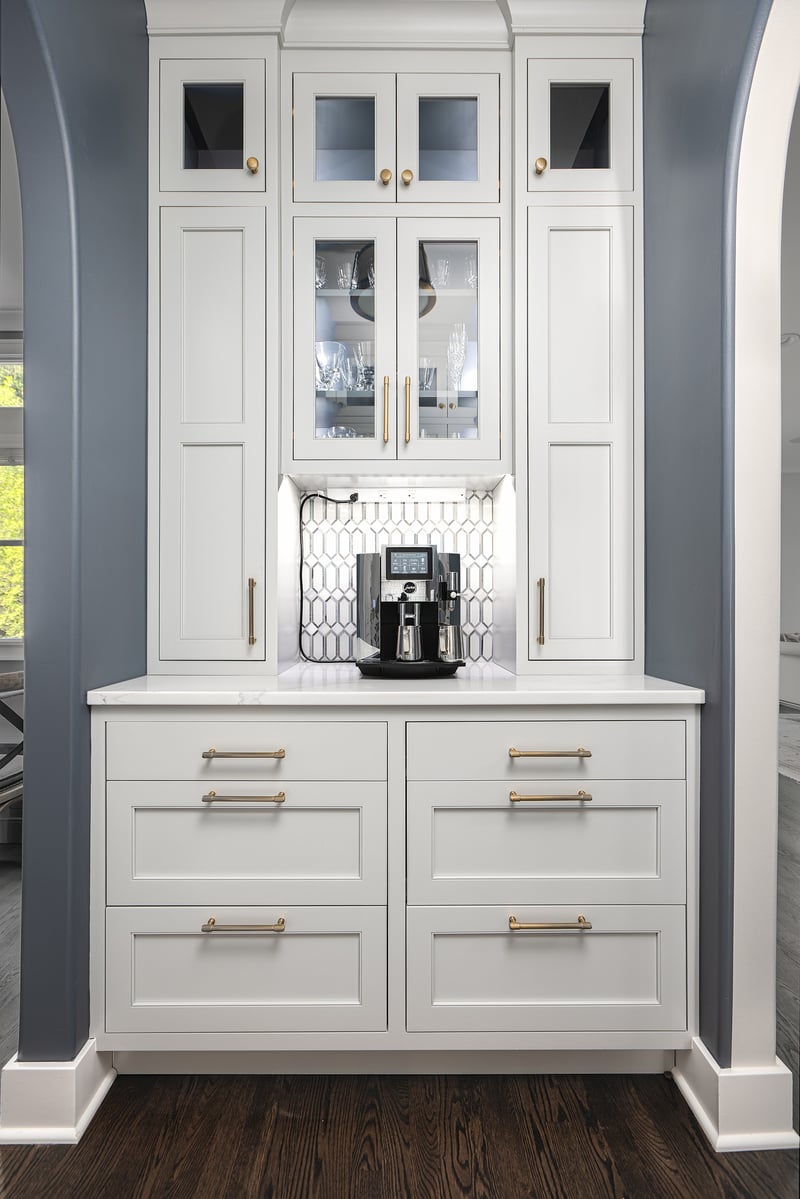
Work with your contractor or design-build team to create the most realistic, practical timeline possible. They should be able to help you with this, especially if you’ve chosen a builder that has experience with projects similar to yours.
If your remodel only includes cosmetic changes (e.g. new paint, updated cabinetry and finishes), you probably won’t need to acquire any permits. However, if you’re planning a more involved remodel that includes electrical, plumbing, and/or structural changes, you probably will.
Most reputable contractors will manage the permit process for you. They should have a good understanding of which types of projects require permits and which ones don’t. Nonetheless, it’s a good thing to ask them about just in case you’re not on the same page. Permits are an easy thing to let slip through the cracks, and it can set your timeline back a few weeks if you miss one.
The last step of planning your remodel is preparing your home. Clean up around your house to ensure a safe working environment for designers, builders, and other contractors that will be coming in. It’s the perfect time to do a major purge of those items you really aren’t using anymore.
And if you’re staying in a temporary living accommodation during your remodel, it’s time to pack your bags and clear out!
The more carefully you plan, the better your remodel will likely go. Feel like you’ve done as much planning as you possibly can? Get in touch with Meadowlark to get your project moving!

1 min read
Every home remodeling journey comes with its own set of emotions, and no project is without its ups and downs. After remodeling homes in the greater...
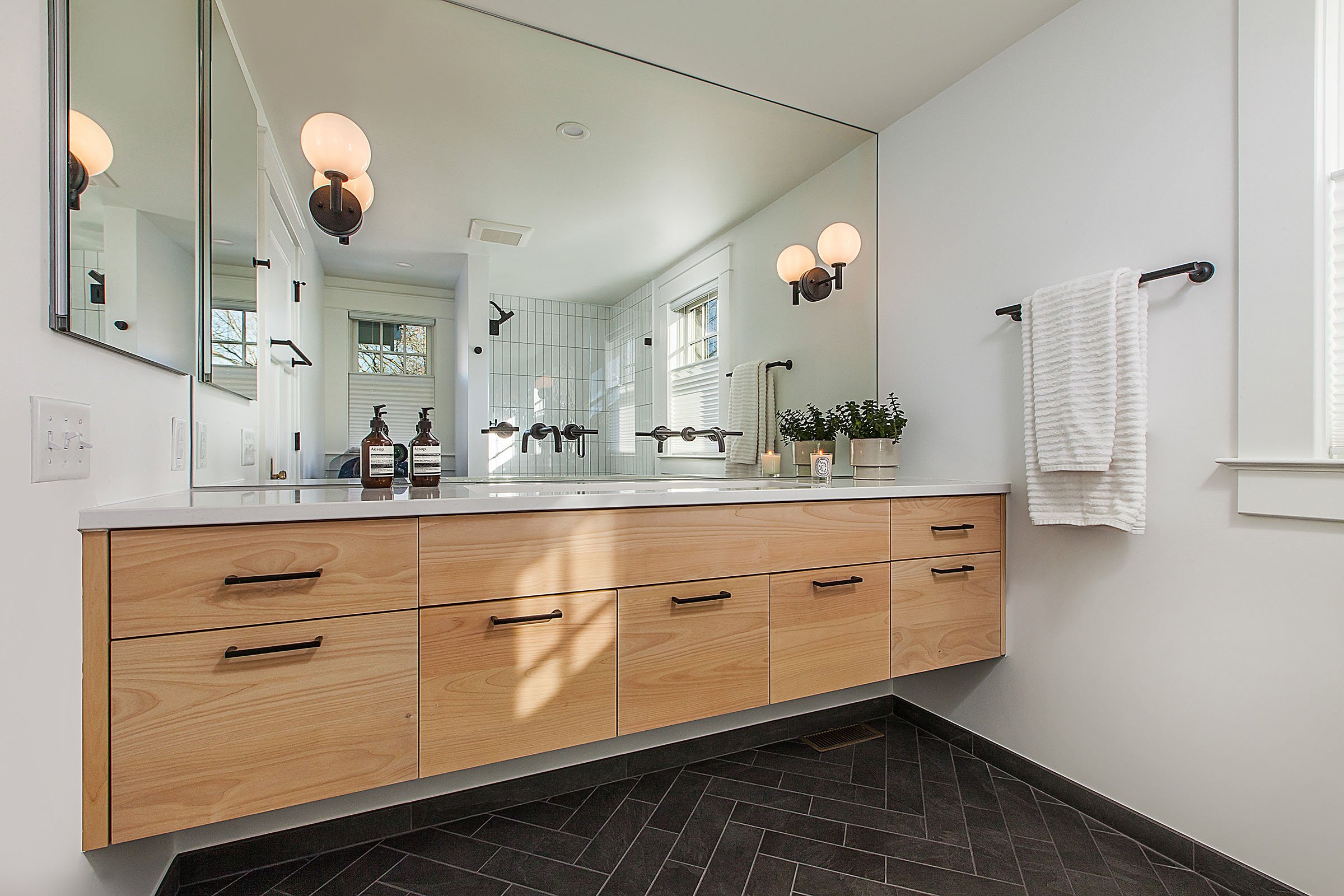
Transforming your home is not just about aesthetics; it's about finding solutions that fit your budget and lifestyle. When upgrading your kitchen or...
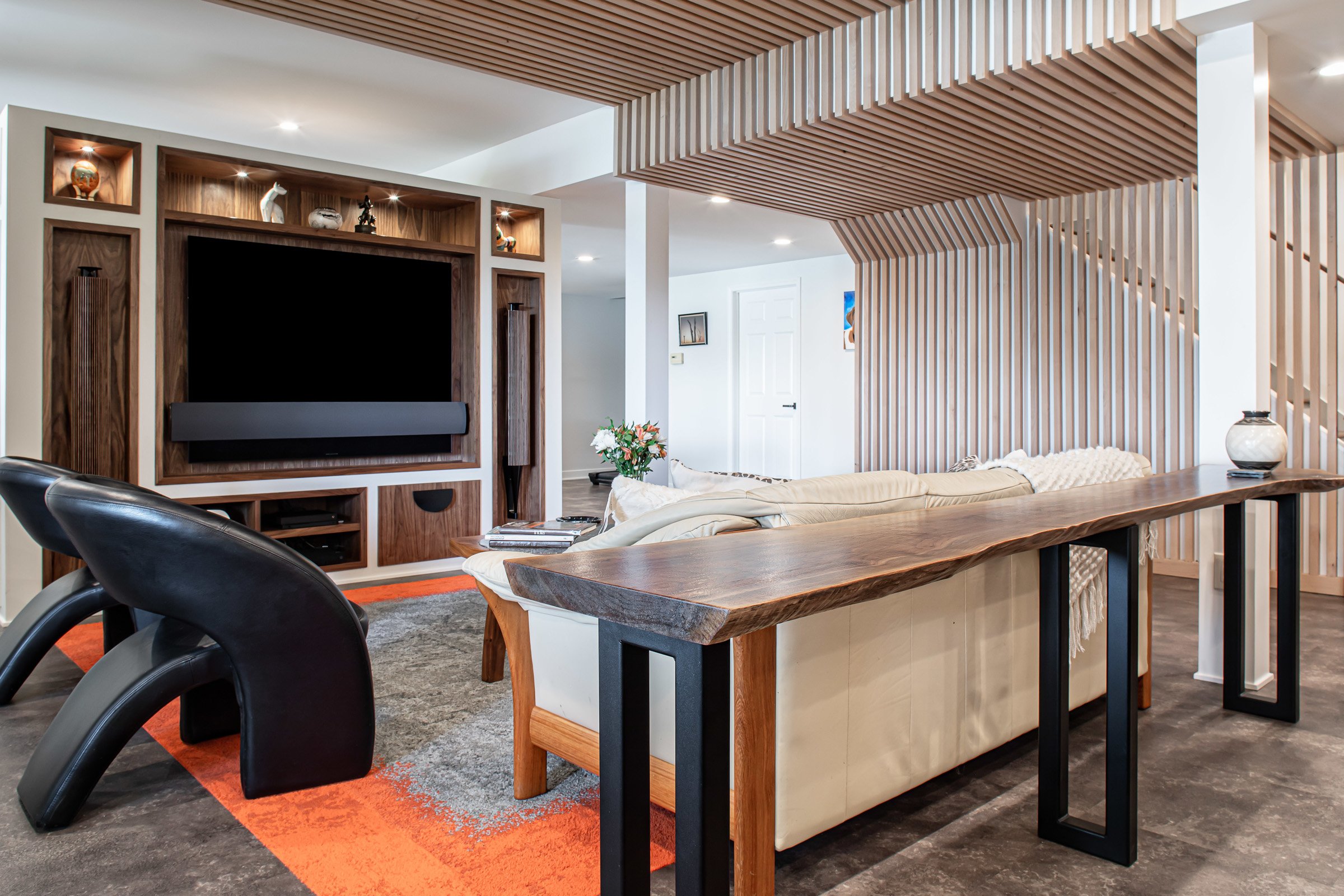
We’re thrilled to be featured in The Scout’s Guide’s latest piece, “How to Upgrade Your Basement, According to the Experts.” We invite you to check...